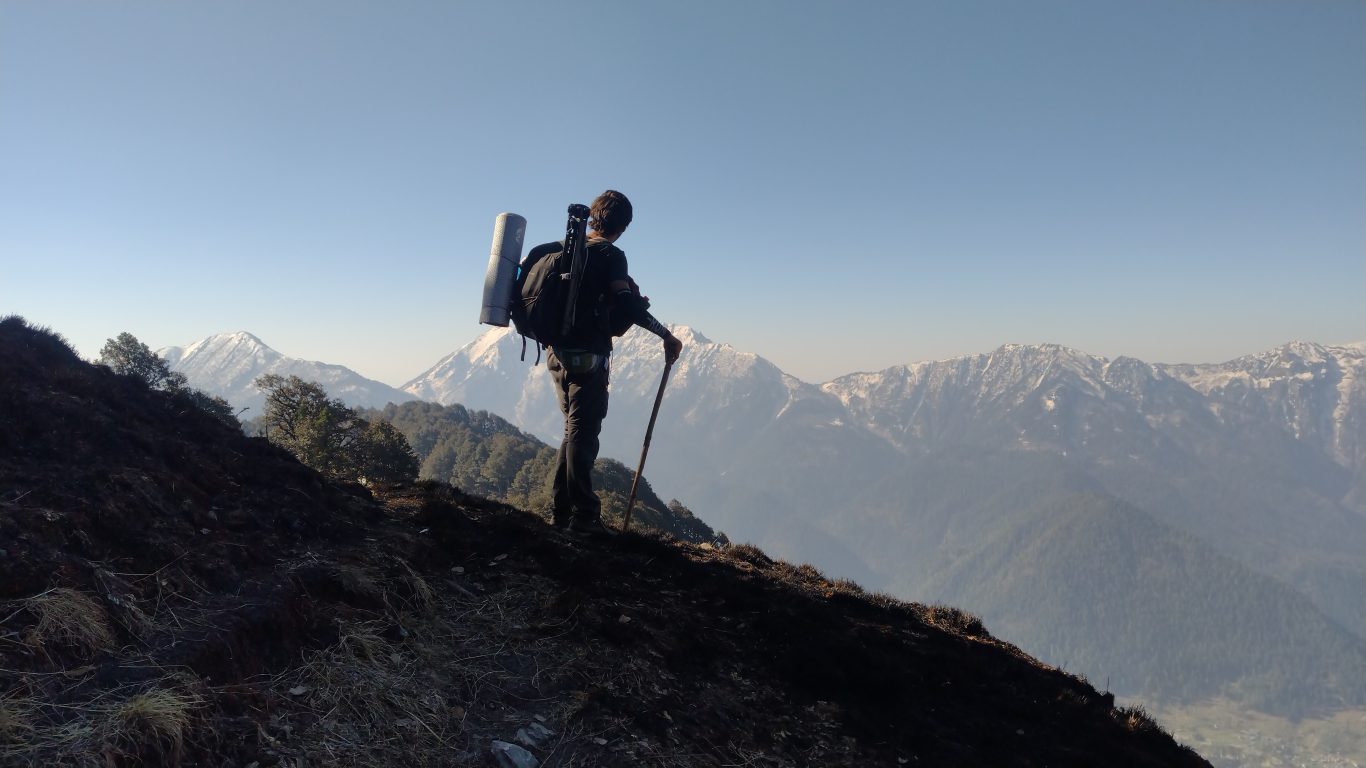Becoming a successful trekker involves a combination of physical preparation, proper planning, essential gear, and an understanding of the environment you’ll be trekking in. Whether you’re a beginner or an experienced hiker, here’s a detailed guide to help you become a successful trekker:

1. Physical Fitness:
- Cardiovascular Endurance: Trekking often involves long hours of walking. Build your cardiovascular endurance through activities like running, cycling, or brisk walking.
- Strength Training: Strengthen your leg muscles, core, and back to handle the varied terrain. Include exercises like squats, lunges, and planks in your routine.
2. Skill Development:
- Navigation: Learn basic map reading and navigation skills. Familiarize yourself with topographic maps and a compass.
- First Aid: Take a basic wilderness first aid course. Knowing how to handle common injuries and illnesses is crucial in remote areas.
3. Research and Planning:
- Destination Research: Research the trekking destination thoroughly. Understand the climate, altitude, flora, and fauna. Know the regulations and permits required.
- Itinerary Planning: Plan your route, taking into account daily distances, altitude gains, and potential campsites. Be realistic about your abilities and acclimatization needs.
- Weather Check: Check the weather forecast for your trekking dates. Be prepared for changing weather conditions.
4. Essential Gear:
- Footwear: Invest in high-quality, comfortable hiking boots that provide ankle support. Break them in before your trek.
- Clothing: Dress in layers to regulate body temperature. Bring waterproof and windproof outer layers. Don’t forget a hat and gloves.
- Backpack: Choose a comfortable, well-fitted backpack with enough capacity for your gear. Pack light but include essentials like a first aid kit, extra clothing, and a headlamp.
- Trekking Poles: Consider using trekking poles for stability and to reduce strain on your knees during descents.
5. Nutrition and Hydration:
- Hydration: Stay well-hydrated, especially at higher altitudes. Carry a reliable water purification system.
- Nutrition: Pack lightweight, energy-rich snacks. Consume a balanced diet before and during the trek.
6. Leave No Trace Principles:
- Respect Nature: Follow the principles of “Leave No Trace.” Minimize your impact on the environment by packing out all trash, staying on designated trails, and respecting wildlife.
7. Safety Measures:
- Emergency Contacts: Share your trekking itinerary and emergency contacts with someone reliable.
- Communication: Carry a fully charged cell phone, and consider a satellite communication device if trekking in remote areas.
- Altitude Acclimatization: If trekking at high altitudes, acclimatize gradually to reduce the risk of altitude sickness.
8. Continuous Learning:
- Take Courses: Attend workshops or courses on specific trekking skills, such as rock climbing, snow travel, or advanced navigation.
9. Community Engagement:
- Join Trekking Groups: Connect with local or online trekking communities. Learn from experienced trekkers and share your experiences.
10. Environmental Awareness:
- Cultural Respect: Be aware of and respect local customs and traditions. Contribute positively to the communities you visit.
11. Post-Trek Reflection:
- Evaluate Your Experience: Reflect on each trek. Consider what went well and what could be improved. Use this knowledge to enhance future treks.
Becoming a successful trekker is a continuous journey of learning, adapting, and enjoying the beauty of the great outdoors. Always prioritize safety, preparedness, and environmental stewardship in your trekking endeavors.